PHILANTHROPY
DANA FARBER AML RESEARCH

Chapter I – From The Laboratory To The Clinic
While much has been done to improve and expand treatment options for pediatric patients with leukemia, there still remains a significant disparity in outcomes for children with rare or difficult to treat forms of the disease. Acute myelogenous leukemia (AML) is currently treated using chemotherapy for all children, as well as bone marrow transplantation for some. Both forms of treatment can have detrimental side effects, and still result in fewer successful outcomes than treatment for other leukemias, like acute lymphoblastic leukemia. New approaches to treatment of children with AML are desperately needed and investigators at Dana-Farber are leading the way by working collaboratively to translate research from initial discoveries through pre-clinical and clinical testing.
Your support through the Al and Nancy Malnik Family AML Research Fund provides critical resources for this effort. Under the leadership of Dana-Farber Chief of Staff Emeritus Stephen Sallan, MD, Quick Family Senior Investigator in Pediatric Oncology at Dana-Farber, principal investigators who specialize in all aspects of AML are pursuing translational research to build upon the basic scientific discoveries made at Dana-Farber and fully pursue these research avenues toward the development of new therapies.
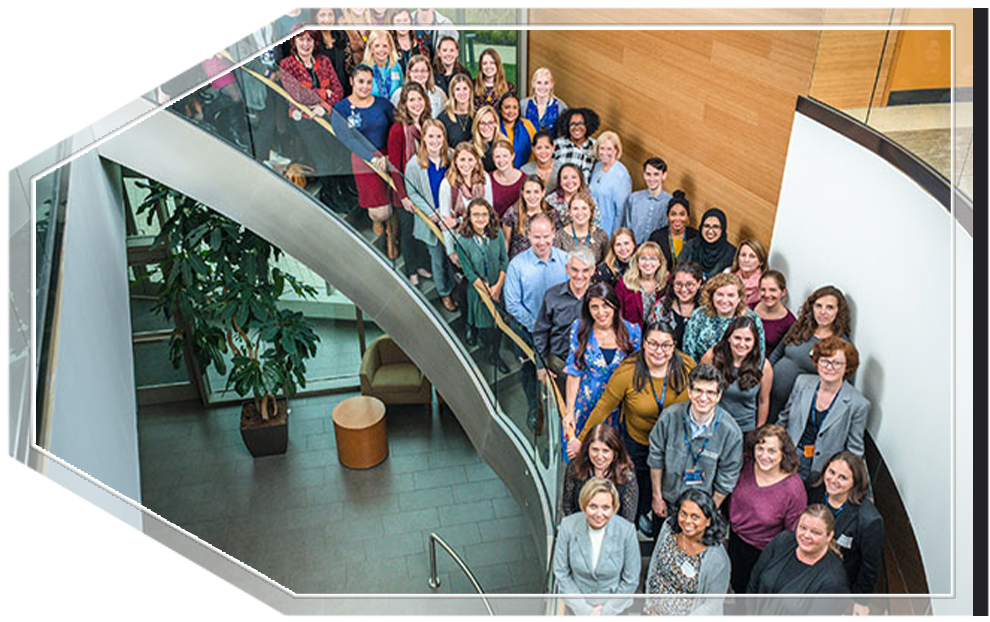
Recently, Dana-Farber researchers have made exciting discoveries: they have identified new drug targets (page 4,) created drug compounds to test therapies for those targets (page 5,) and have brought these new treatment options forward into first-of-kind clinical trials (page 6.) This work includes truly novel approaches to treating AML, and the scientific evidence suggests that these new targeted therapies might be more effective and less toxic.
Additionally, researchers at Dana-Farber continue to probe the driving factors behind the genetic subtypes of AML, in an effort to better understand the unique molecular characteristics of this disease. As you will read, with these exciting AML research projects Dana-Farber is approaching this disease in new ways to streamline drug development and advance much needed new treatment options for patients. Thank you for your partnership in this exciting work.





Chapter II – New Approaches In Cancer Biology
Leukemia cells disturb the natural growth program that exists in our bodies for tissues like blood to normally replenish. This puts the cells in an endless loop where they constantly grow. This growth program is controlled by signals from our genome, which researchers study to identify therapeutic approaches that shut down or disrupt leukemia cell division.
Epigenetics is the understanding that the genes in DNA that make a cell grow are controlled by protein packaging that surrounds the DNA. This protein packaging, which is called chromatin, plays a major role in determining which genes get turned on or off in a cell. When a leukemia cell is growing and divides, the new cells that it creates know they are cancer cells. Thus, epigenetics is the mechanism a cancer cell employs to help it remember that it is a cancer cell, and not a normal cell.
Researchers at Dana-Farber, led by chemical biologist James Brader, MD, are working to control cancer cell memory and the switching off of cancer growth pathways as a way to develop new treatments for AML. In a cell, the growth program and the memory program are closely intertwined and even overlap at a molecular level.

Dr. Bradner knew from existing research that a protein called BRD4 played a role in disrupting cancer cells’ growth program. BRD4 is a bromodomain, a type of protein that sits on the genome and enables DNA to signal to start up the growth program in cancer. Researchers knew that targeting BRD4 had tremendous potential to shut down the key mechanisms cancer uses to corrupt cells and turn them into leukemia, but until recently, BRD4 was considered a so-called undruggable target.
Some of the most biologically involved and thus essential drug targets in cancer cells are considered undruggable because the complexity in reaching such targets makes them unattractive drug development candidates for most pharmaceutical companies. Dr. Bradner set out to drug the undruggable, by researching BRD4 at a chemical level to develop a molecule that could specifically bind to and inhibit its function.
Bromodomains can be thought of like little post-it notes placed on the genome. Working with chemist Jun Qi, PhD, Dr. Bradner created a molecule called JQ1, which essentially goes to the genome and rips those post-it notes off so the DNA can’t signal to start the cancerous growth program anymore.
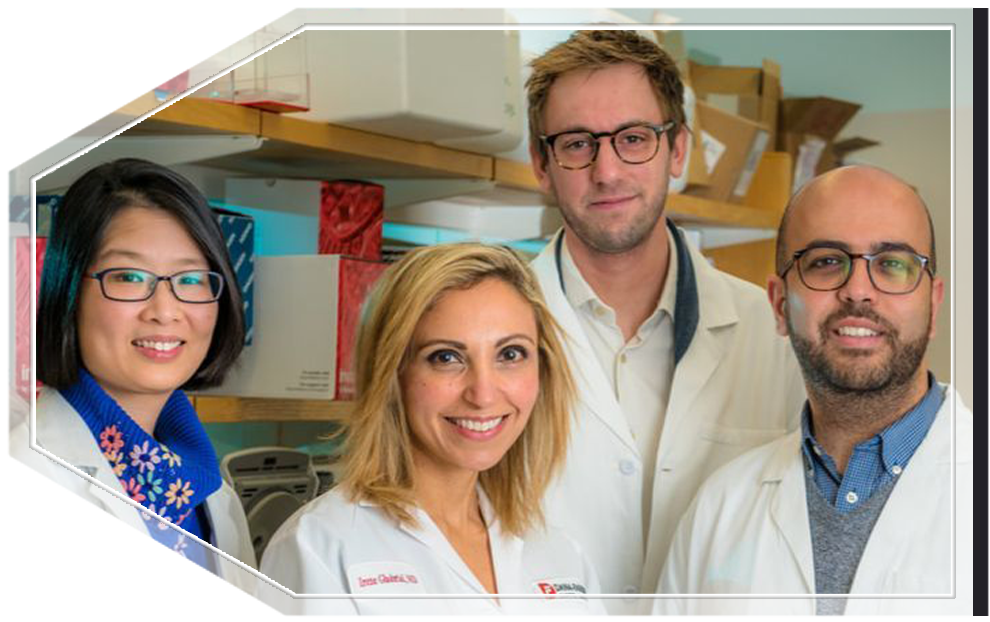
Chapter III – State-Of-The-Art Approach To Translational Research
The molecule JQ1 has been optimized by a company called Tensha Therapeutics, and is ready to be used in several first-of-kind clinical trials, including one for pediatric patients with AML. Working with Dr. Bradner, Dana-Farber’s Kimberly Stegmaier, MD, developed a method for evaluating the ability of the experimental drug to shut down AML cells by hitting the BRD4 target. The approach, called flow cytometry, will allow investigators to study the biological significance of the treatment to give clinicians a better idea of the effect the experimental drug has on the leukemia cells. Using this approach, normal white blood cells are compared with leukemia cells sampled during treatment so researchers can validate if cancer targets are turned off when the cells are treated.
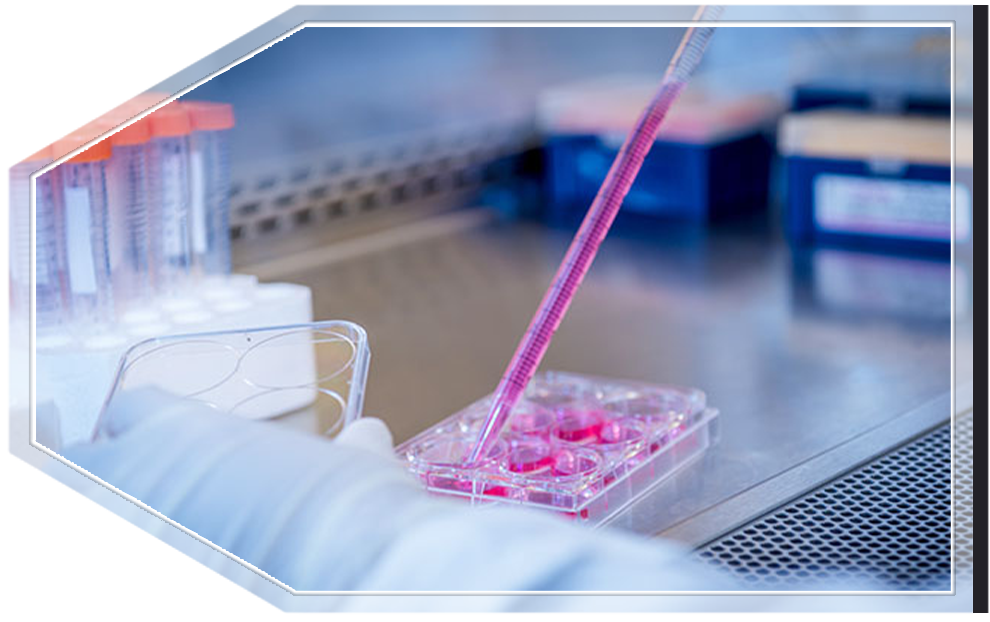
Previous research has shown that BRD4 is active in AML, and Dr. Bradner and Dr. Stegmaier believe BRD4 plays a role in regulating an important cancer gene called cMyc. In the case of the experimental drug Dr. Stegamier will explore whether the drug is hitting BRD4 and if that causes cMyc expression to go down.
Dr. Stegmaier’s laboratory will conduct this study concurrently with a clinical trial at Dana-Farber for children with AML to determine if there is a correlation between high levels of expression of BRD4 and response of the cells to the experimental drug. This parallel testing is a state-of-the-art approach to translational research where new discoveries in the laboratory and the clinic inform each other to improve drug design. The clinical trial, led by Andrew Place, MD, aims to determine what doses of the experimental drug produce the best outcomes and to monitor the side-effects related to treatment. Further testing will determine the drug’s efficacy alone and with other therapies.





Chapter IV – The Role Of Signaling Pathways In Cancer
Dr. Stegmaier is also leading research focused on a target in AML called spleen tyrosine kinase (SYK), and possible ways to inhibit that target. Previous research using several different screening methods showed that SYK, a well known protein that is important in normal B-Cell (a type of blood cell) development, plays an essential role in AML cells. Research in Dr. Stegmaier’s laboratory has shown that a subset of AML cells differentiate and then die when SYK is inhibited.
With this knowledge, the researchers investigated which cellular pathways SYK interacts with and regulates to identify any other targets that could be inhibited along with SYK to cause leukemia cell death. This work showed that SYK activates two important pathways known to be important in AML. The first is the mTOR pathway and the other is the MAPK/RAS pathway, which is important when a patient’s leukemia has an RAS gene mutation.

This research showed that when SYK is inhibited, the mTOR and MAPK pathways are also inhibited. When the researchers combined SYK inhibitors with mTOR pathways inhibitors, the combination resulted in a greater level of AML cell death. This work also demonstrated an interesting paradoxical relationship with cells that have RAS mutations. These cells tend to be less responsive to SYK inhibition, and when treated with a SYK inhibitor, the activity of the MAPK pathway was increased. This finding suggests that further research is needed into the efficacy of combining SYK inhibitors with MAPK pathways inhibitors to counteract the effect of the RAS mutation.

Chapter V – Targeting Cellular Repair Mechanisms
In addition to BRD4 and SYK inhibition, Dana-Farber researchers are conducting research into another novel approach to shutting down AML cells. In all cells, there are housekeeping proteins, called tumor suppressor proteins, which usually prevent DNA mutations; if mutations occur, these proteins are responsible for repairing the DNA before the cell replicates, On the surface of the cell nucleus, which contains the DNA, there is a type of protein, called a SINE protein, in charge of moving tumor suppressor proteins in and out of the nucleus. A SINE protein, called CMR-i, is responsible for exporting all of the known major tumor suppressors.
Under the leadership of A. Thomas Look, MD, Julia Etchin, MD, investigated whether preventing tumor suppressor proteins from leaving the nucleus, thereby trapping them in the cell to repair the DNA mutations that drive cancer development, would trigger the cell to shut down. This is a completely new way to shut down cancer cells, which takes advantage of a bottleneck in the mechanism the cell uses to stop mutations from forming. Using this therapeutic approach, studies in mouse models conducted at Dana-Farber showed that a compound called KPT-33o can target CMR-i.
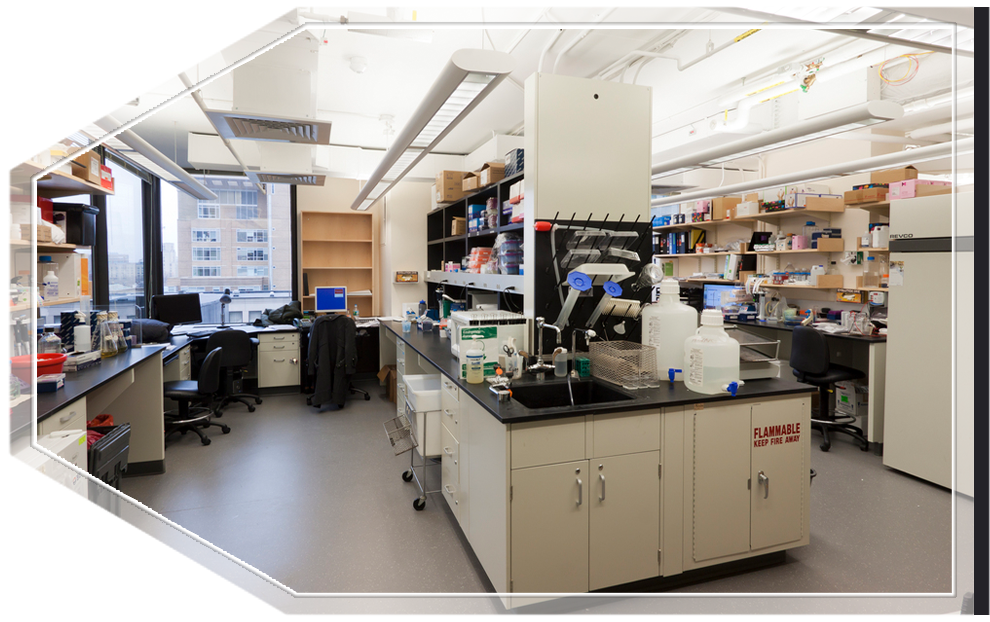
When AML is treated with standard chemotherapy, healthy red blood cells, white blood cells, and platelets are all damaged because the indiscriminate chemotherapy typically destroys any rapidly dividing cells. One of the most compelling things about the KPT-33o compound is that it kills leukemia cells while leaving normal blood cells unharmed. The KPT-33o compound is being tested in clinical trials for adults, but a clinical trial of the compound for AML in pediatric patients is still needed.
Dr. Place, who is leading the clinical trial of the BDR4 inhibitor, is also developing the protocol for a clinical trial of KPT-33o for the treatment of pediatric AML. Ideally, the phase I clinical trial will enroll approximately 25 patients to evaluate the proper dosage of the drug for children. This trial is a critical next step in the development of KPT-33o as researchers try to move the therapy from the laboratory into the clinic where it may ultimately improve outcomes.





Chapter VI – Abnormal Chromosomes And AML
In approximately 40% of AML cases, a condition called aneuploidy occurs where the cells have more chromosomes than they should. The chromosomal abnormality that occurs most often is an extra copy of chromosome eight — a condition called trisomy eight. Dana-Farber’s David Gordon, MD, PhD, studies aneuploidy in AML to gain a better understanding.
A normal, healthy cell has 23 pairs of chromosomes of the relationship between cancer and chromosomal abnormalities. In previous research, Dr. Gordon’s laboratory cultivated several AML cell lines that contained trisomy eight. Dr. Gordon has recently been working to reprogram those cells to behave like stem cells, which have the ability to become different types of cells. Those cell lines, called induced pluripotent stem cells, allow researchers to study different types of AML cells in the lab, including cells with trisomy eight. Specifically, Dr. Gordon will investigate a process called apoptosis, or programmed cell death. This work should reveal whether an extra copy of chromosome eight affects an AML cell’s ability to self destruct

In addition to this work, Dr. Gordon has collaborated with the Broad Institute of MIT and Harvard to study the genetic characteristics of 16 AML cell lines compared to 200 non-AML cancer cell lines. The researchers looked for genes that, when turned off, killed the AML cells but not the other types of cancer cells. Such genes would be AML-specific therapeutic targets. This initial study returned thousands of potential targets, but Dr. Gordon is collaborating with the Harvard Stem Cell Institute’s Benjamin Ebert, MD, to study the top 50-100 genetic targets most likely to have value as potential therapeutic targets for AML. This research will be conducted in mouse models to allow Dr. Gordon to study the effect of the genes on the whole system. By conducting a more thorough investigation into the role of the top targets identified in the first study, Dr. Gordon will be able to zero in on the genes that have the most affect on the cancerous activity of AML cells.
In the future, Dr. Gordon would like to expand the study to include AML cell lines with trisomy eight. If the researchers could study cell lines that were genetically identical except for the absence or presence of extra chromosome eight, it would help determine which specific genes on chromosome eight are involved in AML. Additionally, such research may help illuminate whether it is possible to target aneuploid cells in general. Aneuploid cells are an appealing target because healthy cells do not have extra chromosomes. If researchers could target aneuploid cells with therapy it would leave normal cells alone, thus reducing many of the toxic side-effects of treatment that AML patients experience.
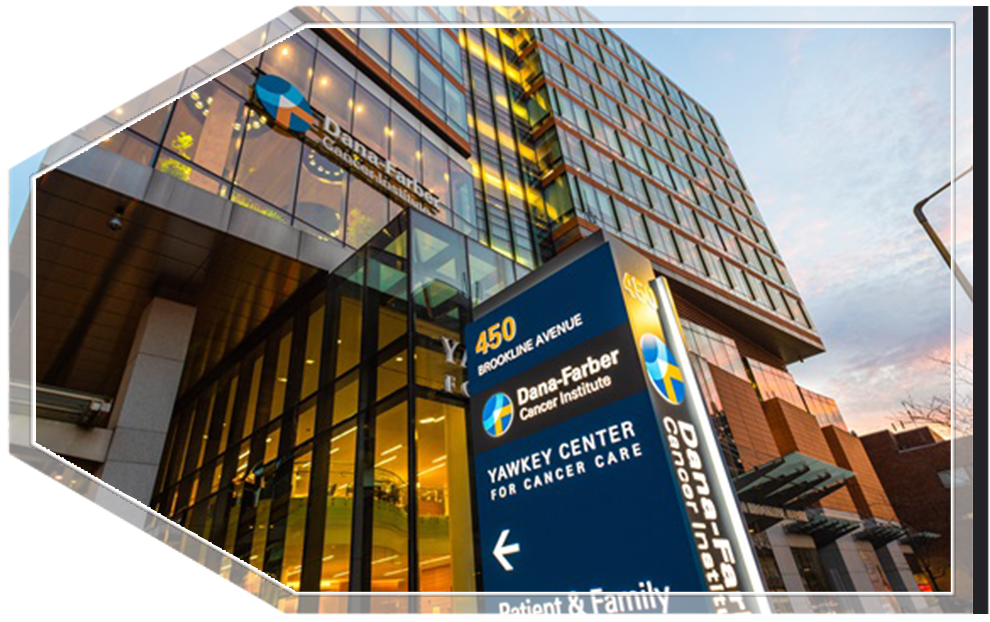
Chapter VII – The Power Of Your Philanthropy
The remarkable work described in this report is possible in large part because of your generous support through the Al and Nancy Malnik Family AML Research Fund. Your commitment and trust continue to help investigators at Dana-Farber advance our understanding of the development of AML, paving the way for the safest and most effective treatments possible. Many of these breakthroughs are helping to fuel the progress of targeted cancer care, bringing the promise of personalized medicine that much closer to a reality.
Thanks to your steadfast generosity, Dana-Farber stands at the forefront of research into AML for children and adults. As we continue to make the discoveries that move us closer to a better understanding of this disease, we are grateful for your support. Report written by Erin Podolak. Questions or comments related to the content of this report can be mailed to the editor, Erin c. McVeigh, at stewardshipdfci.harvard.edu.
